Impact of Regulatory Approvals
Regulatory approvals for new treatments play a crucial role in shaping the Nodular Prurigo Market. The speed and efficiency with which regulatory bodies evaluate and approve new therapies can significantly influence market dynamics. Recent approvals of novel treatments for nodular prurigo have the potential to enhance patient access to effective therapies, thereby driving market growth. Moreover, the establishment of clear regulatory pathways for the development of new drugs may encourage pharmaceutical companies to invest in research and development for nodular prurigo. This could lead to a more diverse range of treatment options available in the market, ultimately benefiting patients. The regulatory landscape is thus a vital factor that could either facilitate or hinder the growth of the market.
Advancements in Treatment Options
Innovations in treatment modalities are significantly influencing the Nodular Prurigo Market. The development of new pharmacological agents, including biologics and targeted therapies, has the potential to revolutionize the management of nodular prurigo. These advancements not only offer improved efficacy but also aim to minimize side effects, which is a critical consideration for patients. The introduction of novel therapies is likely to attract attention from healthcare professionals and patients alike, thereby increasing market penetration. Additionally, the ongoing research into the pathophysiology of nodular prurigo may lead to the discovery of new therapeutic targets, further enhancing treatment options. As a result, the market is poised for growth as these innovative treatments become more widely available.
Rising Incidence of Nodular Prurigo
The increasing prevalence of nodular prurigo is a notable driver in the Nodular Prurigo Market. Recent studies indicate that the condition affects a significant portion of the population, particularly among individuals with chronic skin disorders. This rise in incidence is likely to spur demand for effective treatment options, thereby expanding the market. As healthcare providers become more aware of the condition, they are more inclined to diagnose and treat it, which could lead to a higher number of patients seeking therapeutic interventions. Furthermore, the growing recognition of nodular prurigo as a distinct dermatological condition may enhance research and development efforts, ultimately contributing to market growth. The increasing incidence is expected to create a robust demand for both pharmacological and non-pharmacological treatment modalities.
Growing Demand for Dermatological Care
The rising demand for specialized dermatological care is a key driver in the Nodular Prurigo Market. As awareness of skin conditions increases, patients are more likely to seek specialized treatment for nodular prurigo. This trend is reflected in the growing number of dermatology clinics and specialized treatment centers, which are becoming more accessible to patients. Furthermore, the increasing emphasis on skin health and aesthetics has led to a surge in consultations for skin-related issues, including nodular prurigo. The market is likely to benefit from this trend as more patients seek effective management strategies for their conditions. Additionally, the integration of dermatology with telemedicine services may further enhance access to care, thereby driving market growth.
Increased Focus on Patient-Centric Approaches
The shift towards patient-centric care is increasingly impacting the Nodular Prurigo Market. Healthcare providers are recognizing the importance of tailoring treatment plans to meet individual patient needs, which is particularly relevant for conditions like nodular prurigo that can vary widely in presentation and severity. This focus on personalized treatment strategies is likely to enhance patient satisfaction and adherence to therapy, which could lead to better clinical outcomes. Additionally, the incorporation of patient feedback into treatment development processes may drive innovation in the market. As healthcare systems continue to prioritize patient-centered approaches, the demand for customized treatment options for nodular prurigo is expected to rise, thereby contributing to market expansion.


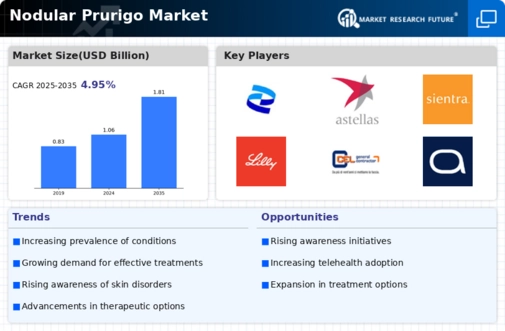
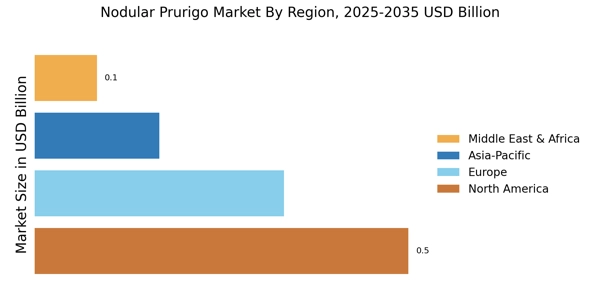
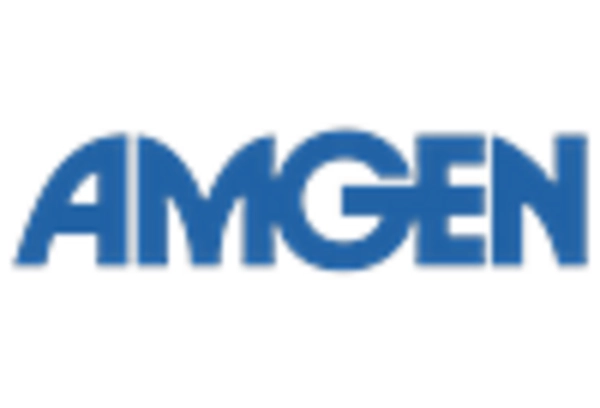
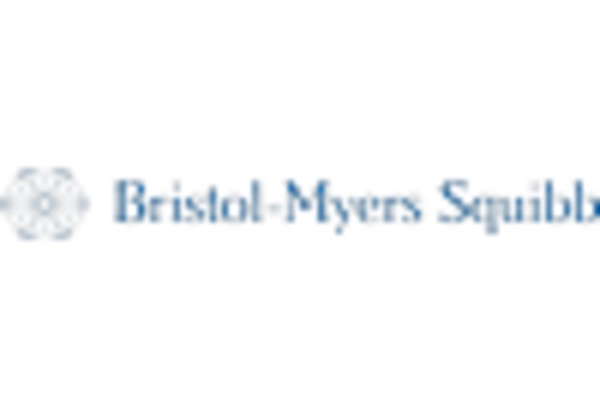

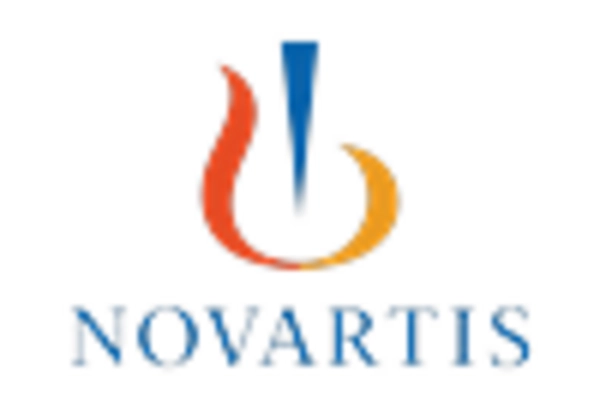

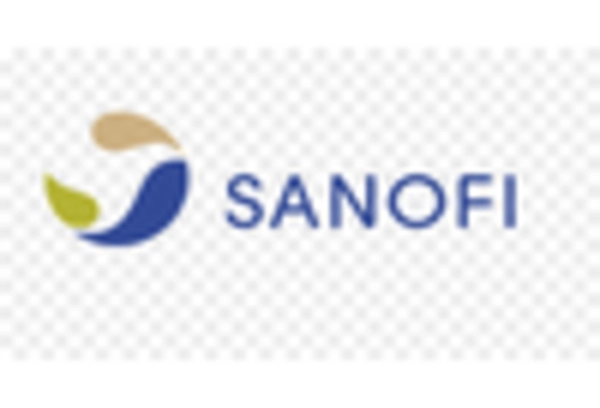








Leave a Comment